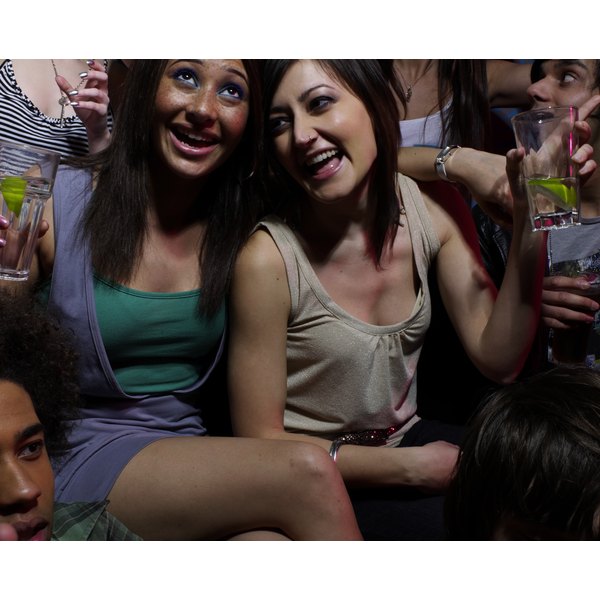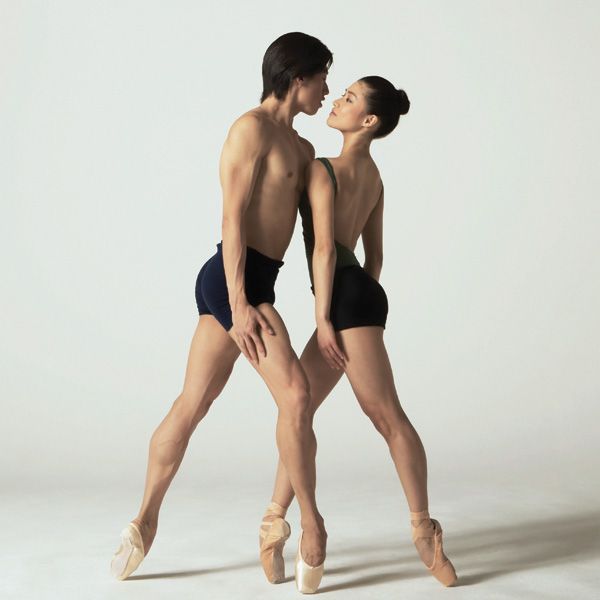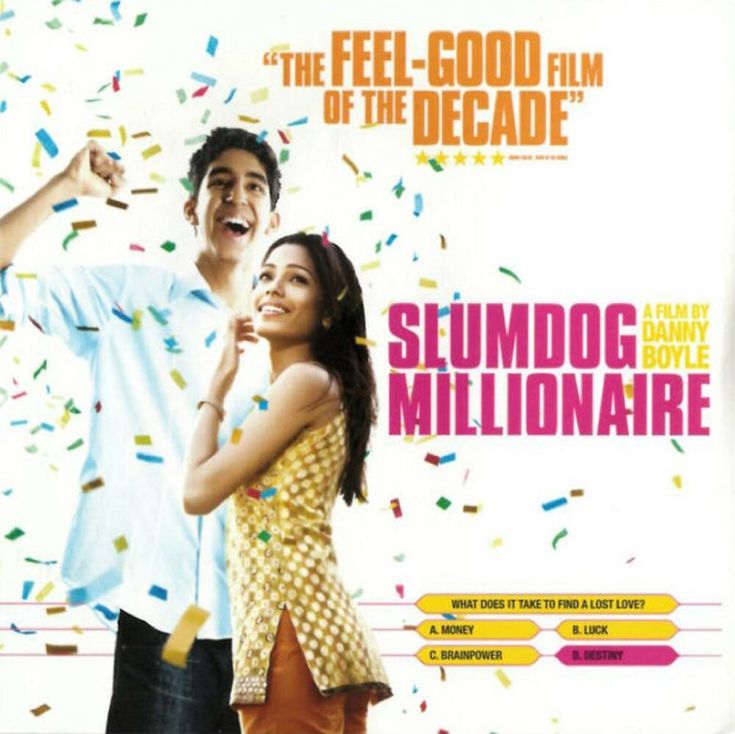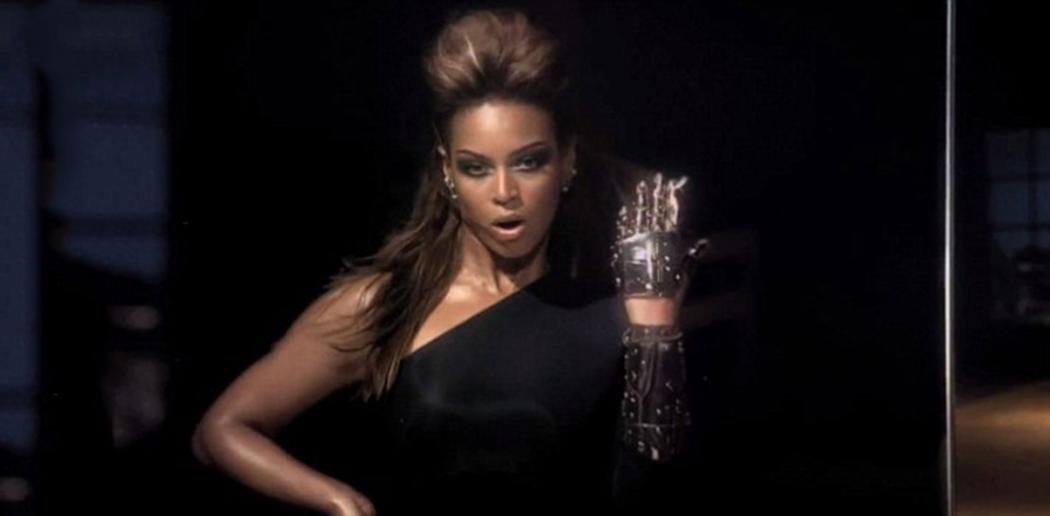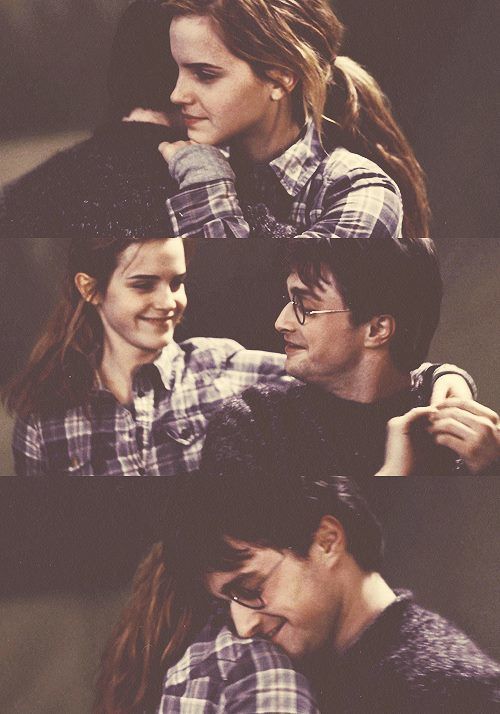How to dance barefoot
How to Toughen Up Your Feet to Dance Barefoot
Foot calluses can be unsightly in sandals, but for modern dancers, they’re a badge of honor that keep feet from sticking to the floor and protect against blisters and other injuries to the skin. Here’s how to build and care for your calluses.
Building Calluses
Calluses develop naturally on the balls of the feet and heels in response to the friction caused by twisting and turning barefoot on dance and stage floors. The best way to build calluses is simply by taking class regularly and avoiding callus-removing pedicure products.
If you take a break from dance, your calluses may disappear, which means that suddenly launching yourself into an intense training schedule could quickly lead to raw feet. Ease into your regimen to give your peds time to toughen up. For instance, if you take a two-hour class, wear foot thongs for the second half. Gradually work up to taking the entire class barefoot.
Callus Upkeep
Dr. Thomas Novella, a NYC-based podiatrist who specializes in the care of dancers’ feet, rarely trims calluses and advises dancers not to do so on their own. He learned this lesson the hard way: Once, he filed down a modern dancer’s callus too much and it took three weeks to rebuild.
This doesn’t mean that you have to ignore calluses completely. The surface of a callus needs to be flexible for relevés and turns. If it’s too dry, it can rip. To keep them pliable, soak feet in epsom salts and warm water. KT Niehoff, director of Lingo Dancetheater and codirector of Velocity Dance Center in Seattle, keeps her calluses flexible by applying Vaseline each night and wearing socks to bed.
Sometimes a thick, dry callus can pull uncomfortably on the non-callused skin surrounding it, in which case you can use a pumice stone, but be careful only to soften the callus. If you remove it completely, the fragile skin underneath is likely to blister the next time you dance barefoot.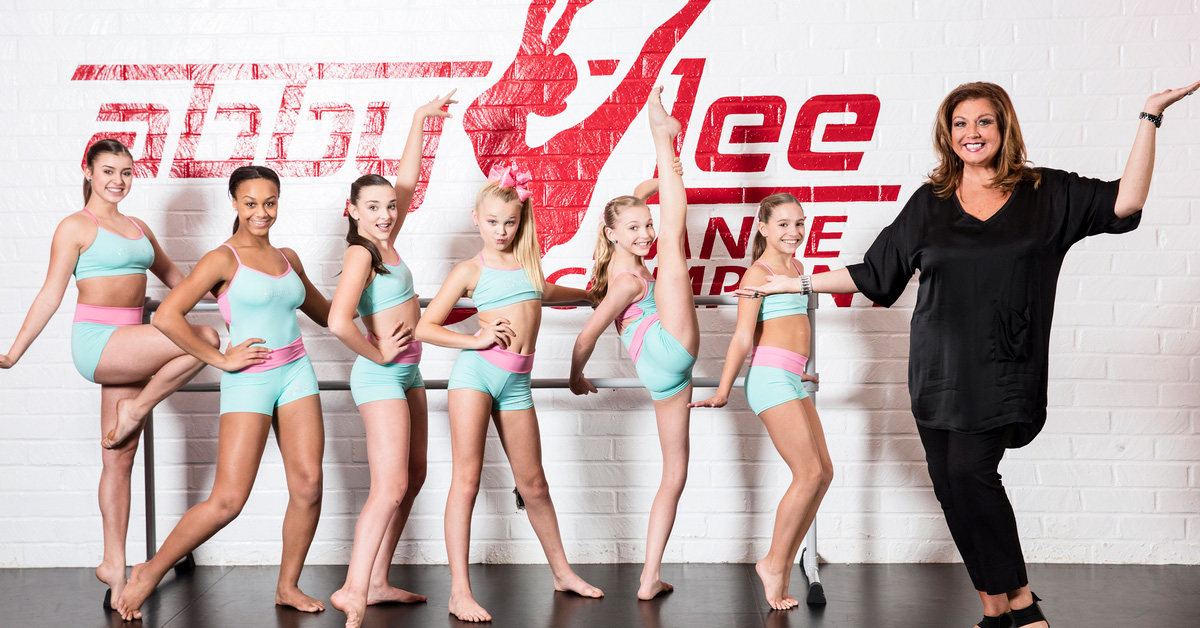
Healing Splits
Always keep an eye on your feet. When calluses get too rough and hard around the edges, they can split easily. (A split is a cut or tear that exposes the delicate skin underneath a callus.)
Treat splits immediately to avoid infection—dance and stage floors are not always the cleanest. If the bottom of your foot becomes red, hot, swollen and painful, there’s a good chance it’s infected. After soaking in epsom salts, apply a disinfectant such as Betadine. Place a Band-Aid across the split (perpendicularly, as if the split is a river and the Band-Aid is a bridge), then wrap your foot in tape or an adhesive bandage such as Elastoplast. If the wrap causes too much friction with the floor to dance, put moleskin, a smooth flannel padding available at most drugstores, on the outside of the wrap. You can also dance in foot thongs until it heals.
Change Band-Aids at least once per day. To remove, press your thumb over the center, then pull one end up before the other end, keeping the split closed as you lift off the Band-Aid.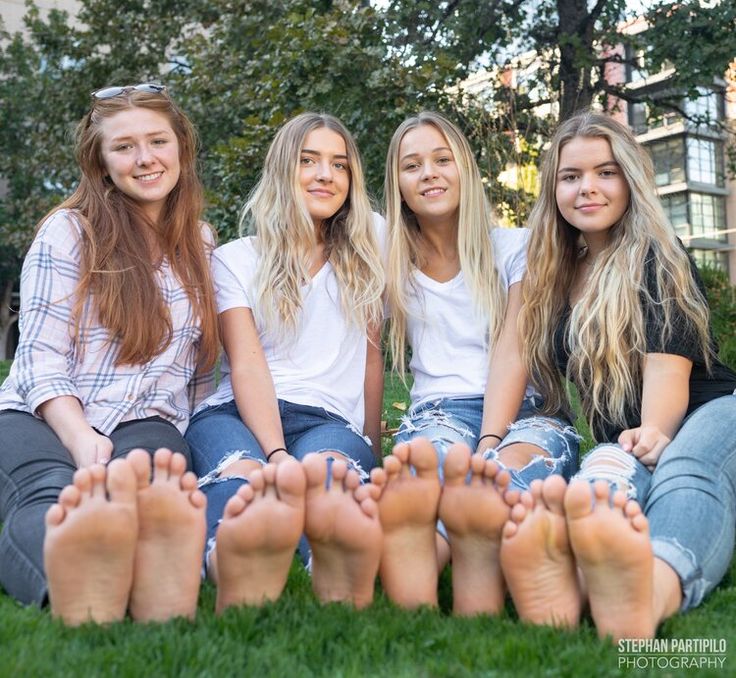
Do’s
1. Do soak feet in epsom salts and warm water after dancing. When calluses become too thick, use a pumice stone to lightly rub off the top layer of skin only.
2. Do keep calluses from tearing
by softening feet with petroleum jelly (such as Vaseline) or lanolin-based creams or lotions such as Eucerin. Lanolin is a fast-absorbing, deeply penetrating grease.
3. Do keep your feet clean, particularly if your callus has a split. The open area is especially susceptible to infection.
4. Do dance in foot thongs until splits heal.
Don’ts
1. Don’t cut or shave down calluses.
2. Don’t use acid-based over-the-counter callus or corn medications, because they are more likely to dissolve calluses completely. Don’t use products that include salicylic acid or trichloroacetic acid.
3. Don’t expect to build up calluses quickly. Work up to taking an entire class barefoot.
Barefoot Dance: The Good the Bad and the Ugly | ATOMIC Ballroom
Skip to content Barefoot Dance: The Good the Bad and the UglyBehind the scenes in the world of dance an ongoing debate has been underway over the pro’s and cons of dancing without shoes.
Some arguments against dancing without shoes are of course that it compromises safety and even claims that boogying barefoot increases the spread of fungal infections, passed around by unclean feet or conditions. Others report that they are more prone to blistered, bleeding, torn up feet without the protective barrier that footwear would provide. While other cases made are merely superficial, such as that of the ballet world which prides itself on uniformity of movement as well as appearance. From the neatly pulled back buns to matching monochromatic leotards, it is typically frowned upon to stand out or stray far from tradition, even down to the footwear. The irony is that it is no secret that ballet shoes (particularly pointe shoes) are known to severely blister and bruise feet. The easily broken down design is not made to last long, much less cushion the leaps and spins of the hardworking dancers. Despite these sometimes painful realities, there are others in the dance world who disagree.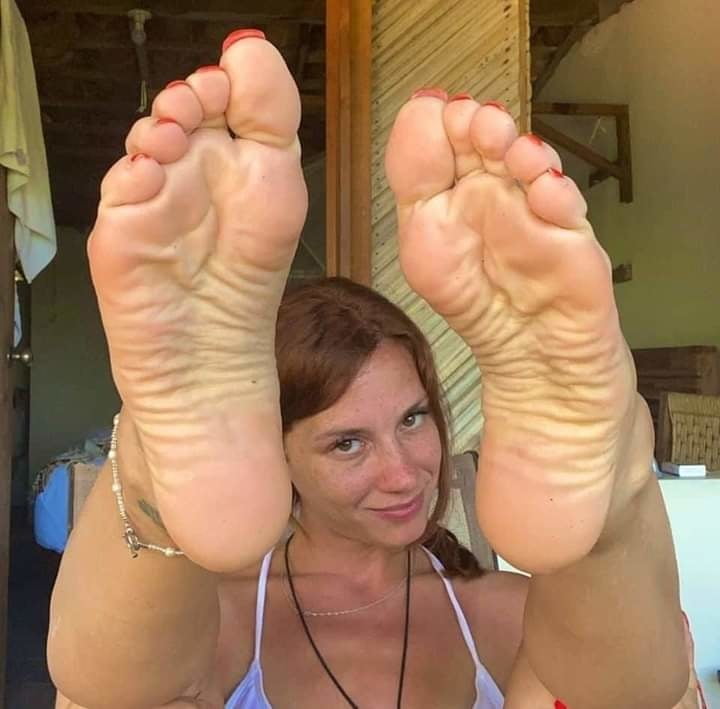
For dance styles like contemporary, Senegalese and Afro-Brazilian, just to name a few, dancers perform barefoot in order to fully feel and connect with the ground beneath them. Proponents argue that this allows for greater precision of pointed feet, spins, and greater dexterity of movement overall. Some even go on to assert that the callouses dancers get from dancing barefoot are good on the contrary, and are essential for more precise movements.
Early founders of modern dance advocated dancing barefoot in part to further distinguish it from ballet, for which proper footwear and attire is mandatory. It was also believed to reflect core values like connection with ones body and a representation of earthly ideals. This was in spite of the fact that being barefoot was seen as defiant at a time and place when it was considered scandalous for a woman to bare her ankles let alone her naked feet. Dancing barefoot has since become the standard of modern and contemporary dance training, whether practicing in the studio or performing on stage.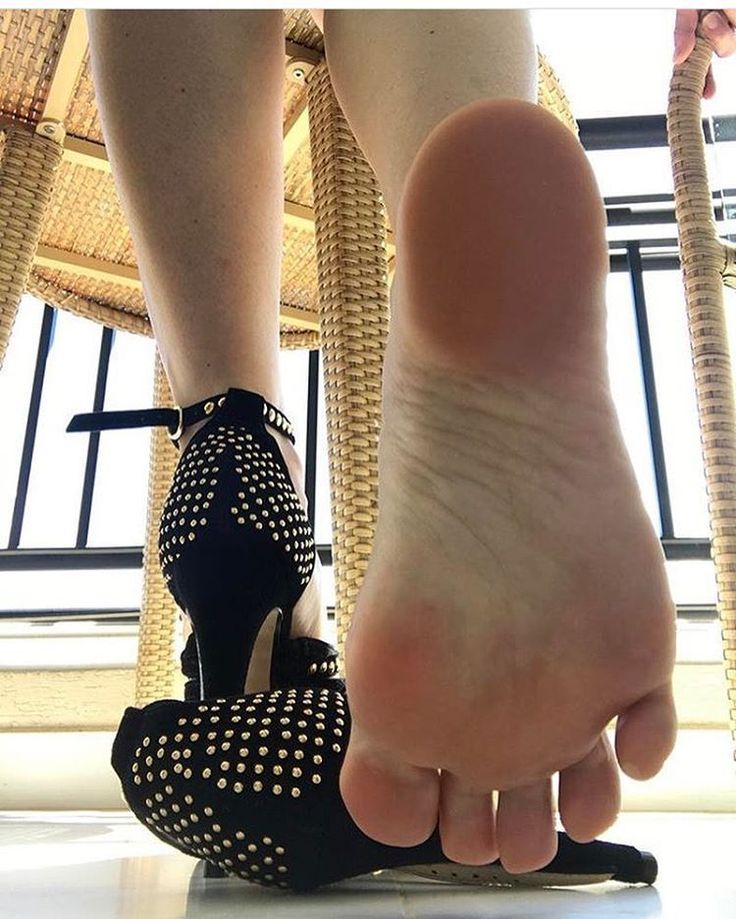
Maria Hanley Blakemore, an advocate for early childhood dance education and youth ballet instructor, strongly believes that dancers, especially children should not wear shoes at all. In fact, she insists that her students dance barefoot. One reason is that shoes often fall off or constantly need to be tied. Also, some students complain about their shoes being uncomfortable and want to remove them anyway. Once one dancer removes his or her shoes, the others tend to want to follow suit; which lends to the next problem of students mixing their shoes up with one another’s. So rather than waisting time and becoming a distraction in class, she encourages them to go with out shoes from the start, so that they can focus their attention on dancing rather than what they’re wearing. Blakemore and others argue that greater sensations can be felt while barefoot, allowing one to experience greater connection by imagining the feeling of things like mud or other objects between their toes.
Putting the above arguments to the side, one advantage of being barefoot that all sides could agree on is being able to show support for the charity Soles4Souls, which raises money to provide shoes for over 300 million underprivileged kids worldwide.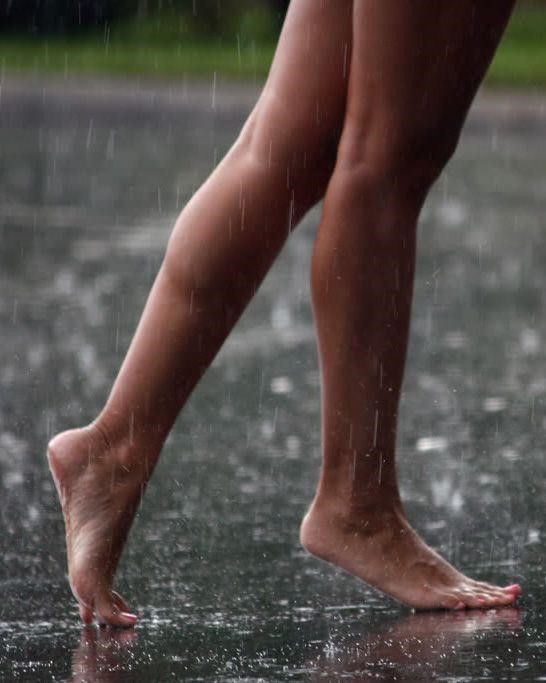 The organization encourages supporters to join the movement simply by kicking their shoes off their feet while under their desk at work or running around barefoot in the grass. One way that I partake is by kicking off my shoes and socks before a long drive. I genuinely feel more attentive and connected while on the road just by feeling the contour of the pedals directly on my feet. Whether you kick off your shoes at work, on the dance floor or at the beach with the warm sand running between your toes, take a moment to truly feel the contours of the ground beneath you this Go Barefoot Day, June 1st. (Yes, this is a real nationally observed day!) You can let your feet breath and have a moment to unwind all while supporting a worthy cause.
The organization encourages supporters to join the movement simply by kicking their shoes off their feet while under their desk at work or running around barefoot in the grass. One way that I partake is by kicking off my shoes and socks before a long drive. I genuinely feel more attentive and connected while on the road just by feeling the contour of the pedals directly on my feet. Whether you kick off your shoes at work, on the dance floor or at the beach with the warm sand running between your toes, take a moment to truly feel the contours of the ground beneath you this Go Barefoot Day, June 1st. (Yes, this is a real nationally observed day!) You can let your feet breath and have a moment to unwind all while supporting a worthy cause.
About the Author: Nneka
Having fearlessly explored every continent, Nneka is multi-lingual and passionate about travel, culture and life. A SDSU alumni, she has worked in KTVU Fox's newsroom, interviewed notable figures and hosted programs for various media outlets.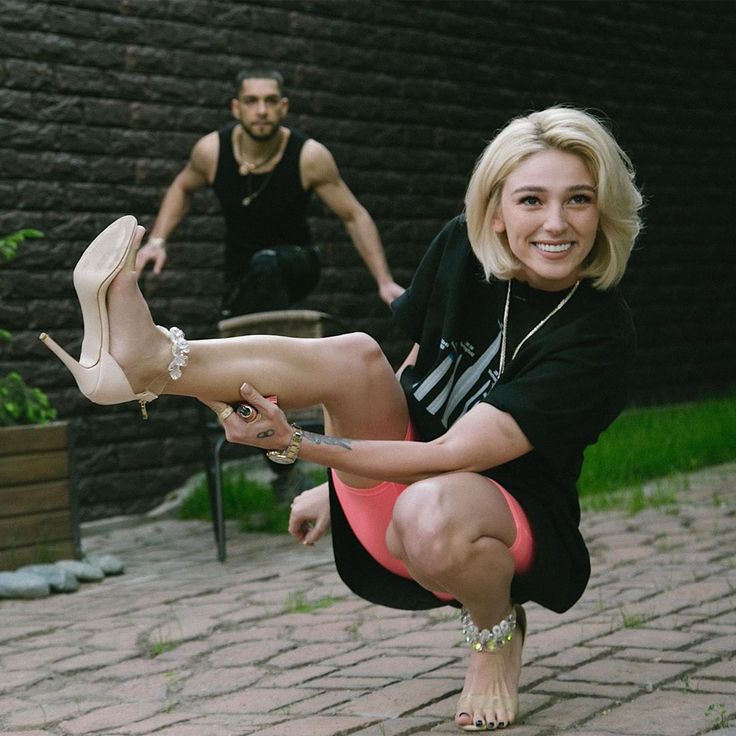 She has also written features for The San Leandro Times and LostGirlsWorld.com. Also a seasoned performer and fitness professional, Nneka holds several fitness certifications, has shared the stage with entertainment icons, and has appeared on various TV Shows. Follow her global adventures in the arts and beyond on IG @nnekaworldtrekker.
She has also written features for The San Leandro Times and LostGirlsWorld.com. Also a seasoned performer and fitness professional, Nneka holds several fitness certifications, has shared the stage with entertainment icons, and has appeared on various TV Shows. Follow her global adventures in the arts and beyond on IG @nnekaworldtrekker.
Toggle Sliding Bar Area
What kind of shoes do you need to dance?
The names contemporary, contemporary and contemporary mean the same modern dance, not fully formed and in a state of constant search for the most expressive and attractive movements that are best suited to it. The origins of the dance genre date back to the middle of the last twentieth century, although the exact definition of the boundaries of the appearance of dance and style is unrealistic.
Contempo cannot be considered a single style. This is most likely a combined set of many methods of dance styles, among which are classical and modern jazz, yoga and qigong, tai chi quan.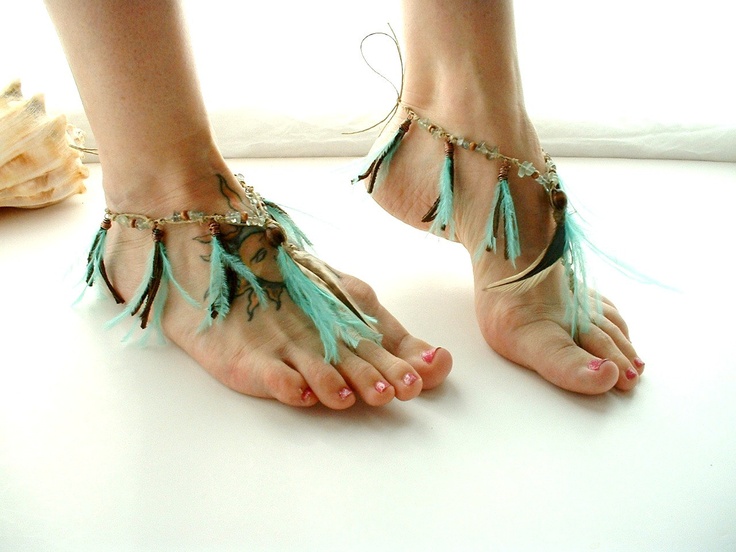 The body of a person who dances contempo is in harmony, lightness and special expressiveness, which, it would seem, go beyond his natural capabilities. nine0003
The body of a person who dances contempo is in harmony, lightness and special expressiveness, which, it would seem, go beyond his natural capabilities. nine0003
The main thing in dance for today's youth is self-expression of their own feelings and aspirations through plasticity. The use of special styles makes it understandable that the contemporary is often performed on bare feet in order to be able to express aspirations and desires as much as possible. True, dancing barefoot requires a lot of experience gained by appropriate training. To perform movements with the floor, reliable grip is required and at the same time freedom for plasticity.
The use of common Czech or ordinary socks does not contribute to the creation of optimal conditions. Currently, Czechs designed for choreography have been developed for the performance of dances.
Comfortable and lightweight, these slippers are made from intricately woven ribbons. Fitting the feet, they provide support. The use of these shoes contributes to the creation of optimal conditions for the dancers, while: the feet breathe, they are invisible on the legs, there is a high-quality grip on the floor. nine0003
nine0003
The material used to make shoes for contemporary is durable and good quality. It does not rub off for a couple of dance classes, as is most often the case with ordinary socks. Under the fingers are pillows that act as support.
A good option and the use of half shoes with special holes for the fingers. In the manufacture of this model, a high-strength fabric on a rubberized basis is used. She stretches in any direction. If the shoes are good and solid, when sewing, the features of the dance style are taken into account, then protection against injuries and optimal conditions for comfortable doing what you love will be guaranteed. nine0003
It is important for a dancer to use specifically specialized shoes in order not to experience difficulties and inconveniences, to quickly master all the movements of the dance genre. Almost any dance is a combination of movements that make up its base, and personal improvisation.
No "spirit" will be observed if the dancer has hurt his leg or rubbed calluses.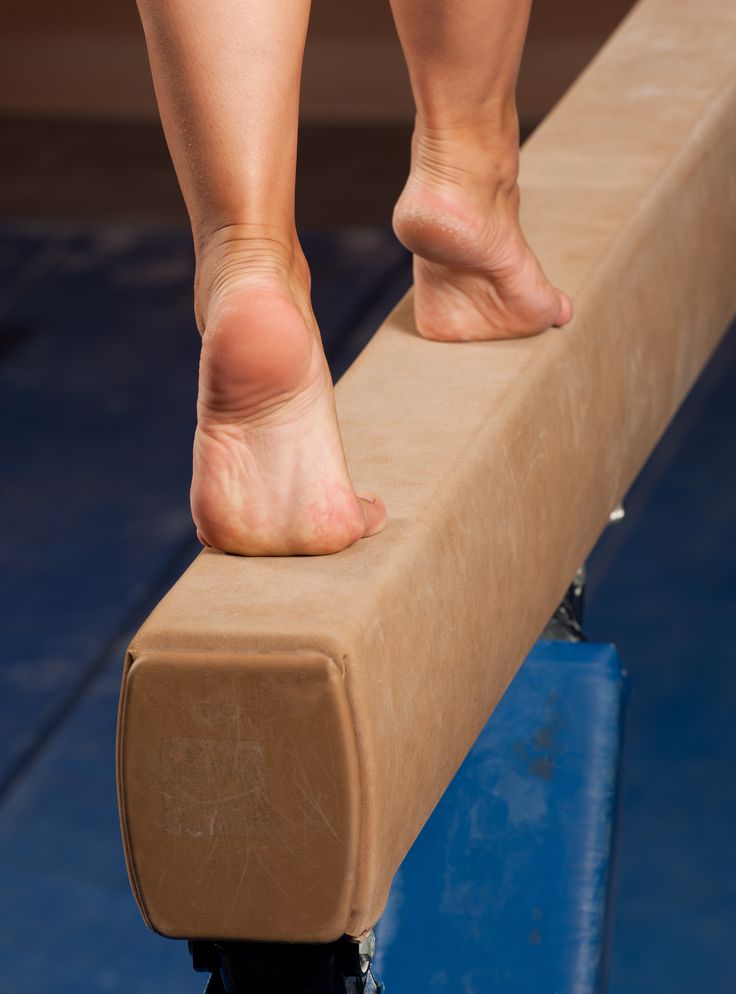 Even a minor injury becomes a source of pain, which distracts and knocks you out of rhythm. He is no longer up to creativity and achieving high results. nine0003
Even a minor injury becomes a source of pain, which distracts and knocks you out of rhythm. He is no longer up to creativity and achieving high results. nine0003
Contempo lessons in Lviv require special shoes for contemporary as a maximum, or socks as a minimum. Dance studio in Lviv One Life does not require professional shoes yet, in order to attend our classes in contemporary you will be enough ordinary socks.
If you have read to the end and you liked it, put like❤ and subscribe to our social networks, there will be many more interesting things to come!!!
Barefoot Free Dance Studio | Balaklava Palace of Culture GBUK "BDK"
| Head of the studio and choreographer - Ekaterina Sergeevna Astakhova, Honored Artist of the Republic of Crimea. The studio was organized in 2017 and is successfully developing. The studio has been operating in the Balaklava Palace of Culture since 2020.  Today it consists of about 100 studio members aged 4 to 18 years. Today it consists of about 100 studio members aged 4 to 18 years. The main dance directions of the group are pop dance and modern choreography. nine0040 During its short history, the studio has been a multiple winner of all-Russian and international festivals and competitions. Students take part in city events, charity concerts and events. Awards: Gratitude of the Chairman of the Legislative Assembly of Sevastopol, Letter of thanks from the Ambassador Extraordinary and Plenipotentiary of the Republic of Nicaragua to the Russian Federation Alba Azucena Torres, gratitude from the Permanent Representative of the Republic of Crimea to the President of the Russian Federation Muradov G.L., Honorary title "Honored Artist of the Republic of Crimea" (2021). nine0003 |
The brightest events in the life of the team
2017 - a special diploma for the brightness of the choreographic image and musicality at the XII open television competition for young performers "Towards the Stars" (Simferopol).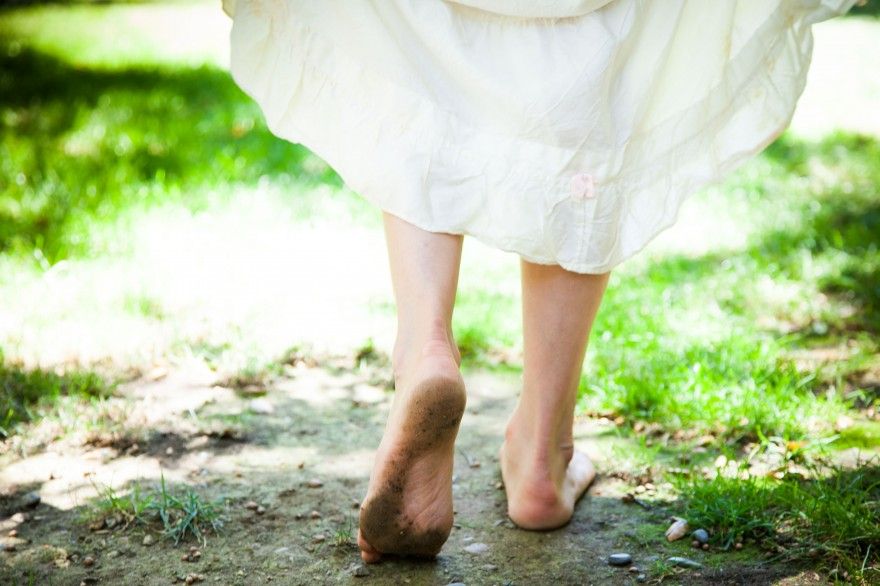
2018 - Grand Prix of the XIII open television competition for young performers "Towards the Stars" (Simferopol).
2019 - Grand Prix of the Arts Festival "Dance Mosaic" (Simferopol). nine0040 Grand Prix of the All-Russian Festival of Choreographic Art "Dance Recognition" (Moscow).
Laureate of the 3rd degree of the International choreographic festival-competition of children's and youth creativity "Apprentice" (Moscow).
2020 — a special prize for the expressiveness of the choreographic thought of the All-Russian festival of choreographic art "Dance recognition" (Sevastopol).
Grand Prix of the IV All-Russian multi-genre competition "Star Chance" (Sevastopol). nine0040 Beginning of friendly relations between the studio of free dance "Barefoot" and the Nicaraguan studio of folklore ballet "Ballet Foiklórico Nicarahuatl" (directed by Manuel Bricegno).
2021 - International festival-competition "Russian coast. Battle." (Simferopol), Grand Prix.
Participation in the interactive dance laboratory of the new era "3DANCEFACTORY".
Festival-competition of choreographic art Super Grand Prix (Sevastopol). The organizers are the Creative Union "Association of Variety Artists of the Republic of Crimea" with the support of the International Union of Variety Artists. The free dance studio "Barefoot" became the laureate of I and II degrees in the category "Modern choreography / Mixed category / Ensemble" and the laureate of I degree in the categories "Variety choreography Children / Ensemble" and "Modern choreography of Yuvenala-2 / Ensemble". nine0003
2022 - a dance project for the Day of Unity of Russia and Belarus; performances and master classes in the Republic of Kazakhstan; laureate of the 1st degree in the nomination "On the Move" at the IV International Festival of Contemporary Creativity "Crimean Heat in Orlynoye".
The team took part in the All-Russian multi-genre competition “Art Pier. Extravaganza of talents”, organized by ANO “CRCA “ART-PRISTAN”, with the support of the Department of Culture of the city of Sevastopol.
